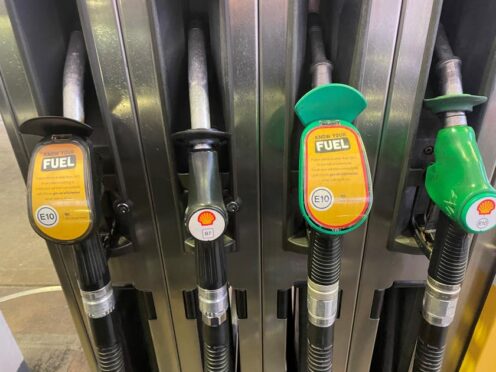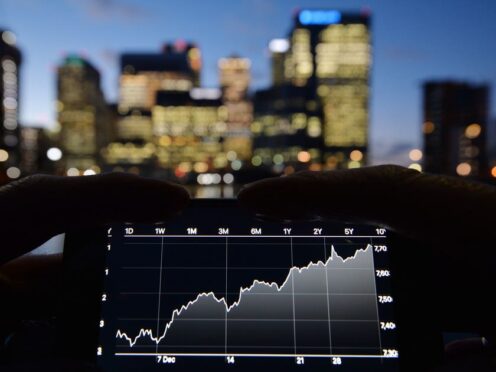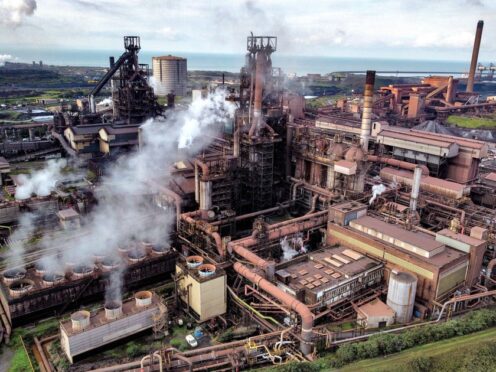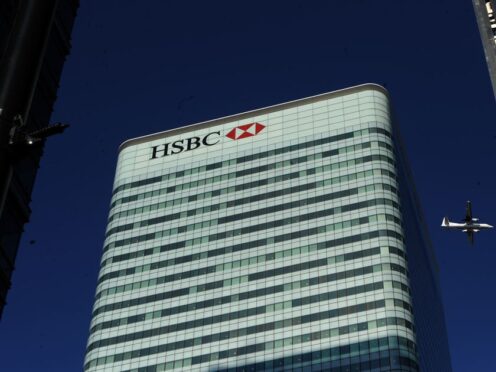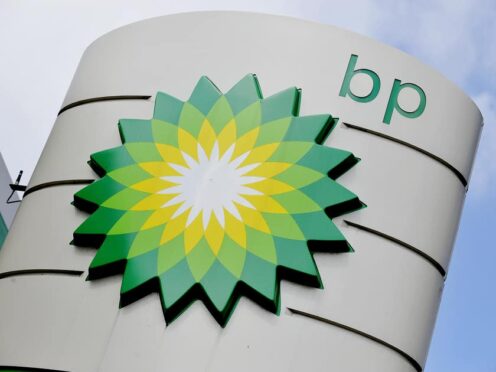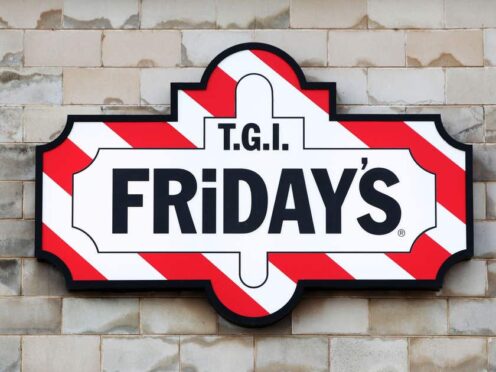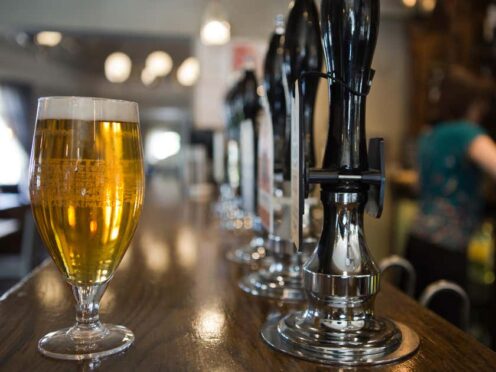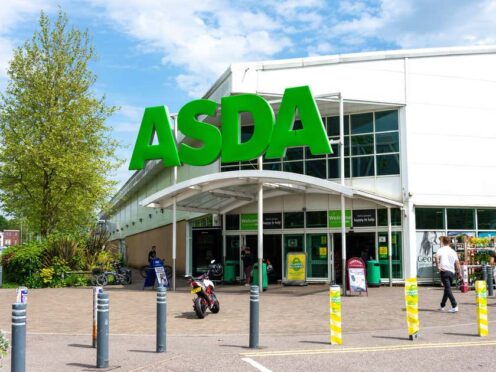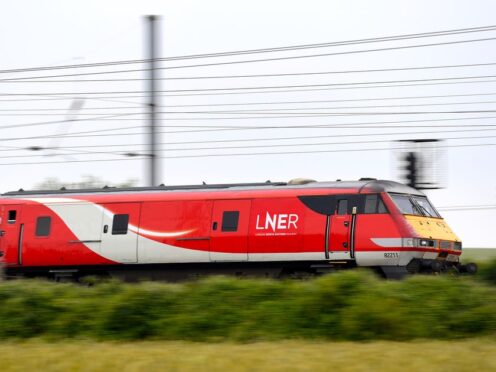Almost half of UK firms saw their domestic sales decline in the last three months despite the “fragile” economy starting to reopen.
The British Chambers of Commerce (BCC) found 46% of firms saw their revenues fall in its latest quarterly survey of more than 6,000 companies.
A total of 27% of companies reported no change, with 27% reporting an increase since the last quarter.
BCC said its report showed companies were enduring a sustained “cash crunch” amid the ongoing virus crisis.
Compared to the last quarter, 21% of firms reported an improvement in cashflow, 34% reported no change and 45% reported a deterioration.
Business to consumer firms, including hospitality, were faring worst. Two-thirds of respondents in hospitality and catering saw decreases in sales and bookings in the third quarter of the year.
BCC director general Dr Adam Marshall said: “Our findings clearly demonstrate that business conditions remain fragile in the face of uncertainty, with the prospect of a difficult winter to come.
“The economy will need more support, over and above the chancellor’s welcome recent efforts.
“Ministers must stand ready to provide that support and to strengthen measures to underpin business cashflow and jobs.
“The disappointing test and trace system must be improved to ensure as many businesses as possible can function through the winter and beyond.
“A Brexit deal must be reached to avoid yet more disruption, and above all, businesses need confidence and calm, clear communication to successfully navigate a tricky period ahead.”
Over a third of firms (37%) reported decreased investment in plant, machinery and equipment, highlighting longer-term concerns for the economy as many businesses look to downsize.
A total of 41% of firms said they expected their turnover to increase over the next 12 months, while a third (35%) still expected it to decrease.
A separate survey of the UK manufacturing sector showed its recovery continued last month but “lost some bounce” as the rate of growth eased.
The IHS Markit/CIPS manufacturing purchasing managers’ index (PMI) recorded a score of 54.1 for September, from August’s two-and-a-half-year high of 55.2. Anything above 50 is considered an expansion in the sector.
The reading came in just below analyst expectations, with a consensus of economists predicting a score of 54.3 for the month.
Rob Dobson, director at IHS Markit, said: “September saw UK manufacturing continue its recovery from the steep Covid-19-induced downturn.
“Although rates of expansion in output and new orders lost some of the bounce experienced in August, they remained solid and above the survey’s long-run averages.”
The report revealed the sector has expanded for four successive months, representing its longest period of growth since the start of 2019.
Output growth in September was linked to improving levels of new work, companies reopening and increased numbers of staff returning to work.
However, job losses were also reported for the eighth consecutive month as the government furlough scheme nears its end.

